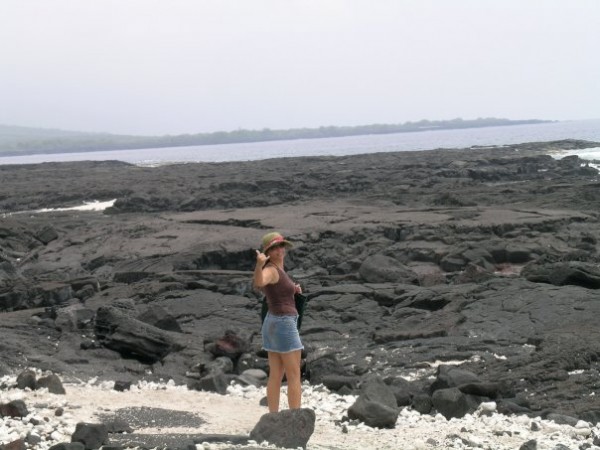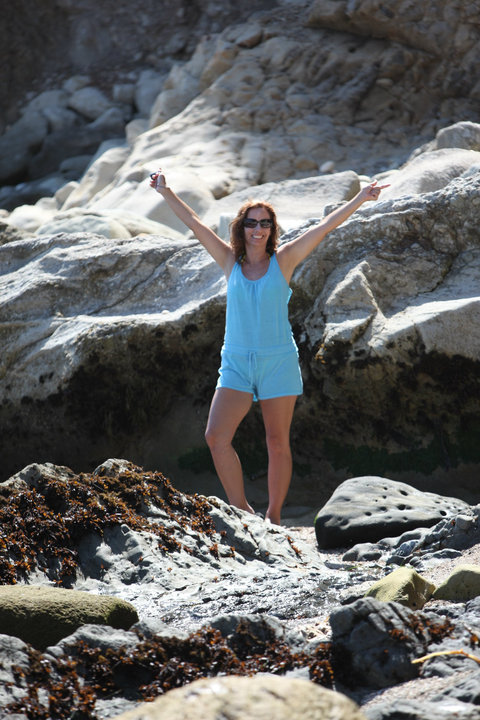Living in or visiting Hawaii almost always guarantees some type of daily outdoor adventure. Whether it be hiking, snorkeling, fishing, surfing, riding horses or ATV’s, taking a nice stroll along the beach or through a farm, or even heading to work or to run errands, we are constantly exposed to the sun.
I’m sure that at some point you’ve all heard the importance of lathering up in sunscreen to protect from those harmful UVA and UVB cancer-causing culprits, but there is more to sun protection than just applying an SPF. Having lived on the island over 20 years, I’m here to share my top 10 tips of keeping that skin of yours as beautiful and healthy as possible.

One less sunburn makes a difference
How Much UV is Too Much?
Prolonged exposure to solar UV, or ultraviolet radiation, may result in acute and chronic health effects on the skin, eyes, and immune system. Though small amounts of UV are essential for the production of vitamin D, overexposure may result in acute and chronic health effects such as sunburn, the best-known acute effect of excessive UV radiation exposure.
However, over the longer term, UV radiation induces degenerative changes in cells of the skin, fibrous tissue, and blood vessels leading to premature skin aging, photodermatoses, and actinic keratoses. Another long-term effect is an inflammatory reaction of the eye, and in the most serious cases, skin cancer and cataracts can occur.
Top 10 Tips For Sun Protection
- UV rays are strongest and most harmful during midday, or 10am-4pm.
- Contrary to popular belief, clouds do not block UV rays, they only slightly filter them. You can get a sunburn even on an overcast day.
- Trees, umbrellas, or canopies do not offer complete sun protection, but they do offer some. Remember the shadow rule: “Watch your shadow – short shadow, seek shade!”
- Like it or not, but tanned skin is damaged skin, any change in color is an indication of UV damage.
- Use SPF 15+ liberally and re-apply every two hours, or after working, swimming, playing, or exercising outdoors.
- When buying clothing, keep an eye out for some articles that have been certified under international standards and comes with information on UV protection.
- Remember though, a wet T-shirt offers far less UV protection than a dry one, and darker colors may offer more protection than lighter colors.
- Sunglasses protect your eyes from UV rays, which can lead to cataracts later in life.
- Encourage your children, of any age, to wear sunglasses as well!
- Before heading out for the day, check the UV Index to ensure that you pack the proper items to keep you protected all day.

Sun protection doesn’t need to be complicated or expensive – it needs to be consistent
More Information
If you’d like to read more about the health effects of UV radiation, please visit World Health Organization.

Leave your opinion here. Please be nice. Your Email address will be kept private, this form is secure and we never spam you.